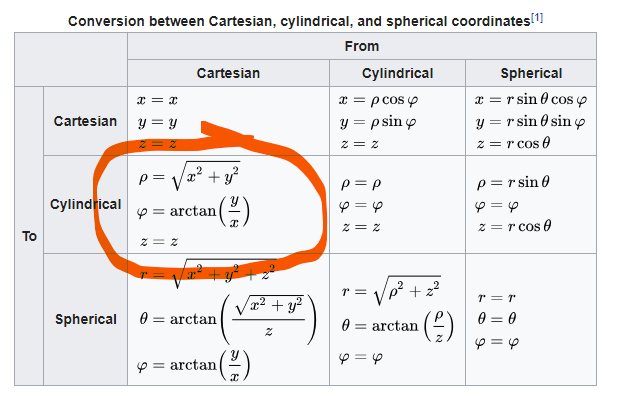

Military Grid Reference System: 15RUN0660038579ĭepending on the above formats, pasting them directly into Plex.Mark, may result in the following error message to pop up.

Now, depending on Google Earth's Options (-> Tools -> Options -> Show Lat/long), the acquired coordinates will be copied in the clipboard in one of the following formats:ĭegrees, Minutes, Seconds: 29☄4'54.16" N 95☀0'00.00" Eĭegrees, Decimal Minutes: 29° 44.903' N 94° 60.000' E Keep in mind that it is possible to get the coordinates directly from Google Earth, with the following command: Use right-click for a specific point or left-click for drag and drop.Īlternatively, if you already know your coordinates, from Google Earth for example, you can directly copy/paste them on the "Latitude/Longitude" box. The first thing that is required when using Plex.Mark, is to define your project's location, by placing the pin on the map.
#Coords converter free

Here are a few examples using new/old capabilities based on the question: Using pyproj >= 2.2.0 import pyproj When using pyproj, note the differences from various releases in how it is used to transform data. from osgeo import ogrĬoordTransform = osr.CoordinateTransformation(inSpatialRef, outSpatialRef) You can either specify another Spatial Reference System by entering the desired EPSG into the form under Spatial Reference or you can convert the returned coordinates with Python.įor instance you can use the GDAL Python bindings to convert this point from the projected coordinate system (EPSG 3857) to a geographic coordinate system (EPSG 4326). By default the site you linked to uses the Spatial Reference System EPSG 3857 (WGS84 Web Mercator).


 0 kommentar(er)
0 kommentar(er)
